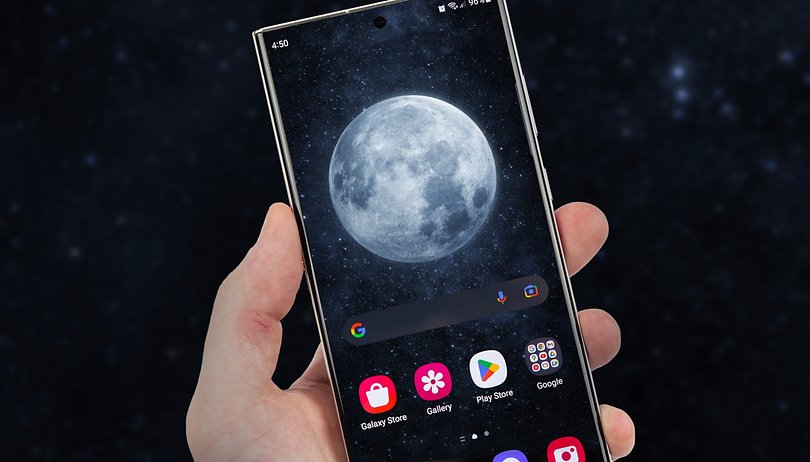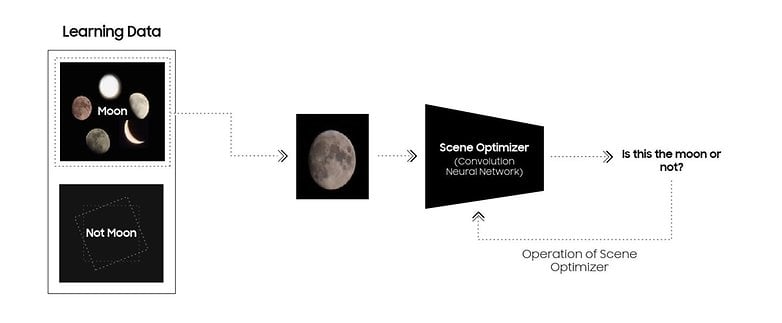Samsung Clarifies: Galaxy S23's Moon Snaps Are the Real Deal


Like with previous flagship shooters, the Galaxy S23 Ultra is capable of capturing moon shots using long zoom levels and software enhancements. But earlier this week, a Reddit post alleged that Samsung has been faking these moon shots by adding non-existent details, which has now been refuted.
First, Samsung introduced Space Zoom on the Galaxy S20 Ultra. This allows extended digital zoom for up to 100x magnification, which is also enough to put the moon in your camera frame. It has been improved on the Galaxy S23 Ultra with a bigger 200MP camera sensor and increased zoom up to 200x.
But a viral post is claiming these images aren't the actual pictures captured by the device. Rather, the source suggests using Artificial Intelligence, Samsung is adding and augmenting textures to the moon even though the unprocessed pictures are blurry and indistinguishable. It added that Samsung has fed the AI on where exactly to correctly overlay details, consequently concluding these moon images are fake.
In a press release with a detailed guide, Samsung goes to explain it utilizes several algorithms to process the moon pictures taken by capable Galaxy camera phones like the Galaxy S23 Ultra (review).

Accordingly, a device first taps the Scene Optimizer to refine the moon's photo. This stage requires that the moon should be recognized first before this effect is applied. The second step is through Super Resolution mode to take multiple shots of the moon at 25x zoom level or higher and eventually compose this multi-frame shot into one picture.
Perhaps the most interesting is how Samsung uses an AI deep learning model to detect whether the object being pointed at by the camera is a moon or not. And as stated by Samsung, it trained the neural network with images of the moon (possibly in thousands of quantities) in different forms and phases. Samsung adds that the Scene Optimizer is also using AI-based deep learning to reduce noise and sharpen the final output.

At the same time, it is specified there will be instances where the moon will not be recognized if obscured by clouds or the celestial body is not well-lit such as in new moon phases. Thus, it is only when a moon is intelligently detected that Samsung's Scene Optimizer can work.
Lastly, the third stage is also where the camera will continuously control the focus and brightness of the entire image in favor of a clearer view of the moon. The former is enabled by combining the optical and digital image stabilization capabilities of the phone.
What are your thoughts on the techniques used by Galaxy smartphones for capturing moon shots? Do you believe they fall within the realm of standard smartphone computational photography and are not fabricated? Share your opinions with us.
Source: Samsung


















